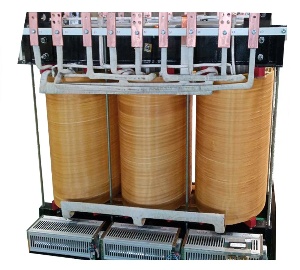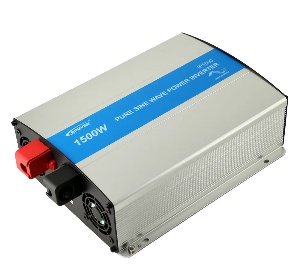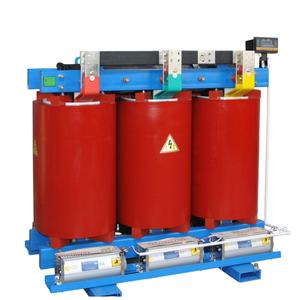Electronic Components Supplier | Transformers, Inductors, Inverters
Power amplifiers are an integral part of electronic equipment. However, it generates a lot of heat while working. So, how do we solve this problem? Today, we will discuss the role of the heat sink in the power amplifier and how to optimize its performance.

(Heat sink for power amplifier)
What is a Heat Sink for a power amplifier?
Heat Sink, called "radiator" in Chinese, is a device that absorbs and dissipates heat. In a power amplifier, the primary function of the Heat Sink is to intake the heat generated by the power transistor and dissipate it into the air to protect the equipment from high-temperature damage.
How Heat sink for power amplifier works
The working principle of Heat Sink is based on the principle of heat conduction. It is made of a material with good thermal conductivity, such as copper or aluminum. When the power transistor generates heat, this heat is displaced to the heat sink through the thermally conductive material, and then the heat is dissipated through air convection.
How do you optimize the performance of the heat sink for the power amplifier?
Choose the suitable material: A material with good thermal conductivity can effectively transfer heat from the power transistor to the heat sink. Commonly used materials include copper, aluminum, graphene, etc.
Increase surface area: Increasing the surface area can increase the area for heat dissipation, thereby improving heat dissipation efficiency. For example, this can be achieved by increasing the number of fins or increasing the fin area.
Increase the convection coefficient: Increasing the convection coefficient can increase heat exchange efficiency between the air and the radiator; this can be achieved by optimizing the shape of the radiator or adding a fan.
Reduce thermal resistance: Lowering thermal resistance can reduce obstacles to heat transfer, thereby improving heat dissipation efficiency. For example, this can be achieved by reducing the contact thermal resistance between thermally conductive materials or adding thermally conductive silicone grease.

(Heat sink for power amplifier)
FAQs for Heat sink for power amplifier
1. Question: Is the heat from the power amplifier harmful to the human body?
Answer: The heat of the power amplifier will not cause direct harm to the human body. However, excessive temperatures can damage the electronic components inside the device, affecting its performance and lifespan. Therefore, timely heat dissipation is significant for equipment maintenance.
2. Question: Why does the power amplifier sometimes make a "pop" sound when turned on?
Answer: This may be caused by moisture or dust inside the device. When turned on, the electronic components inside the power amplifier will heat up rapidly, causing moisture or dust to evaporate and make a "pop" sound quickly. To solve this problem, you can allow the equipment to fully warm up before use and regularly clean and maintain the equipment.
3. Question: How to judge whether the heat of the power amplifier is effectively controlled?
Answer: You can judge by observing the operating temperature of the equipment. Equipment operating temperatures should generally be maintained within the manufacturer's recommended range. If the temperature is too high, the device may overheat or even be damaged. Therefore, it is essential to check the temperature of the equipment regularly.
Supplier
PDDN Photoelectron Technology Co., Ltd. is a high-tech enterprise focusing on the manufacturing, R&D and sales of power semiconductor devices. Since its establishment, the company has been committed to providing high-quality, high-performance semiconductor products to customers worldwide to meet the needs of the evolving power electronics industry.
It accepts payment via Credit Card, T/T, West Union, and Paypal. PDDN will ship the goods to customers overseas through FedEx, DHL, by sea, or by air. If you want high-quality HEATSINKS, please send us inquiries; we will help.







